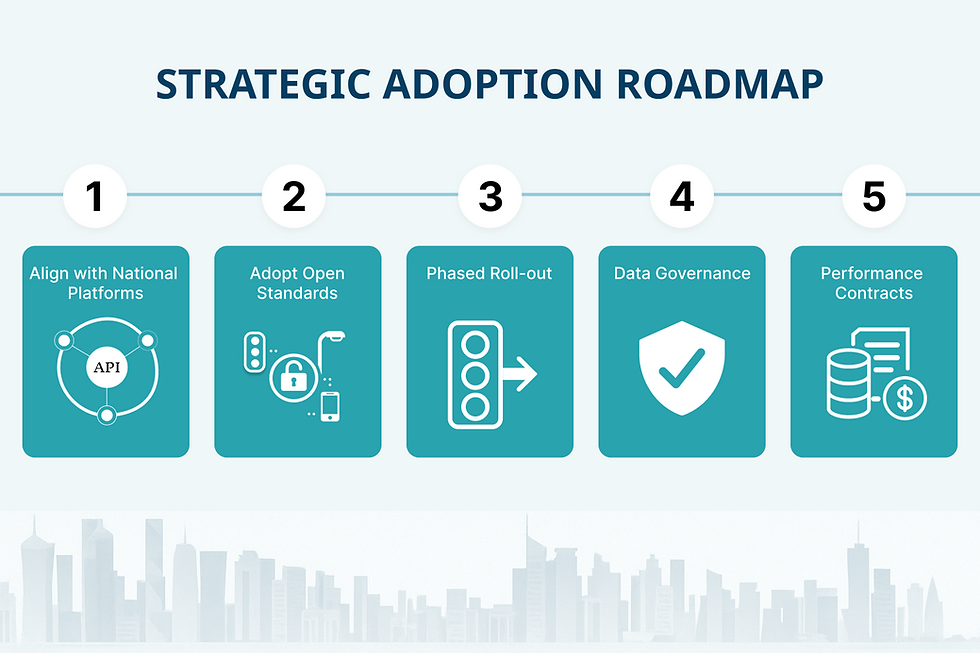
Urban areas face challenges like traffic congestion and inefficient lighting. Our smart city solutions leverage advanced sensor to optimize traffic flow, enhance lighting efficiency, and monitor environmental conditions.
Transforming Urban Living with
Smart
IoT Solutions
Transforming Urban Living
with
Smart
IoT Solutions
Reimagining City Management with
Intelligent IoT
Systems
Explore how organizations are already transforming urban living using our solutions.

Smart cities are no longer a vision of the future—they are a necessity of the present. Our integrated IoT platform equips urban planners and municipalities with real-time insights to:
-
Optimize traffic flow and reduce commute time
-
Automate street lighting to conserve energy
-
Monitor air quality and noise pollution live
-
Enhance safety through AI-powered surveillance
With robust sensor networks and centralized dashboards, decision-makers gain visibility and control over key city assets—improving operational efficiency and citizen well-being.
.png)
Advanced IoT Solutions for Efficient Waste Management
Transform waste collection and disposal with smart IoT technologies designed to optimize routes, monitor bin status in real-time, and reduce environmental impact — making cities cleaner and more sustainable.
.png)
Intelligent IoT Solutions for Comprehensive Water Management
Harness smart water monitoring and control systems to optimize water usage, detect leaks early, ensure quality, and improve operational efficiency — supporting sustainable water management across municipal, industrial, and agricultural sectors.
Your
IoT Transformation
Roadmap

Urban areas struggle with chronic congestion, high-energy street lighting, and declining air quality. IoT Shabaka deploys an integrated sensor-to-cloud architecture that synchronises traffic signals, dims or brightens LEDs in real time, and streams hyper-local environmental metrics. The platform ingests multi-source data, applies AI analytics, and issues automated control commands, creating a self-optimising urban fabric.
Solution Overview
Core Architecture & Components
Layer | Key Elements | Functionality |
|---|
Impact Area | Metric | Global Benchmarks |
|---|---|---|
O&M cost | ▼ 40 % lighting maintenance via predictive alerts (Barcelona pilot) | Automated fault detection planned under TASMU Transport use-cases |
Emissions | ▼ 10-12 % CO₂ from reduced idling (Singapore GLIDE analysis) | Projected 5 % GDP-linked gain from smart-city efficiencies by 2022 |
Energy use | ▼ 30 % lighting power cut after LED+IoT rollout (Barcelona) | Msheireb Downtown reports 30 % lower overall energy demand via 8 000 smart meters |
Traffic flow | ▲ 15-25 % faster average corridor speed (AI-signal coordination, Singapore) | ITS roadmap targets 20 % reduction in delays on Doha arterials (Ashghal) |
Quantified Benefits
Strategic Adoption Roadmap
Deployment under this framework positions municipalities to exceed Qatar National Vision 2030 sustainability and mobility targets while delivering measurable economic return.
Align with National Platforms
Adopt Open Standards
Deploy ITS devices certified under Ashghal V&V guidelines to ensure interoperability and lifecycle security.
Prioritise high-congestion corridors for adaptive signal control, followed by district-wide smart lighting retrofits linked to demand-based dimming profiles.
Phased Roll-out
Enforce Qatar Cybersecurity Framework controls on all IoT endpoints; anonymise mobility data in accordance with Law (13) of 2016 on Personal Data Protection.
Data Governance
Structure energy-service agreements (ESPCs) that guarantee ≥25 % energy savings, financing CAPEX through realised utility reductions.
Performance Contracts
Integrate datasets through MCIT’s TASMU Smart Qatar backbone to leverage existing sector APIs and comply with ISO 37122 smart-city KPIs.

Smart City IoT
Real-World Impact
Roadmap
Real-World Impact:
Smart City IoT
Use Cases
Explore how organizations are already transforming urban living using our solutions.





